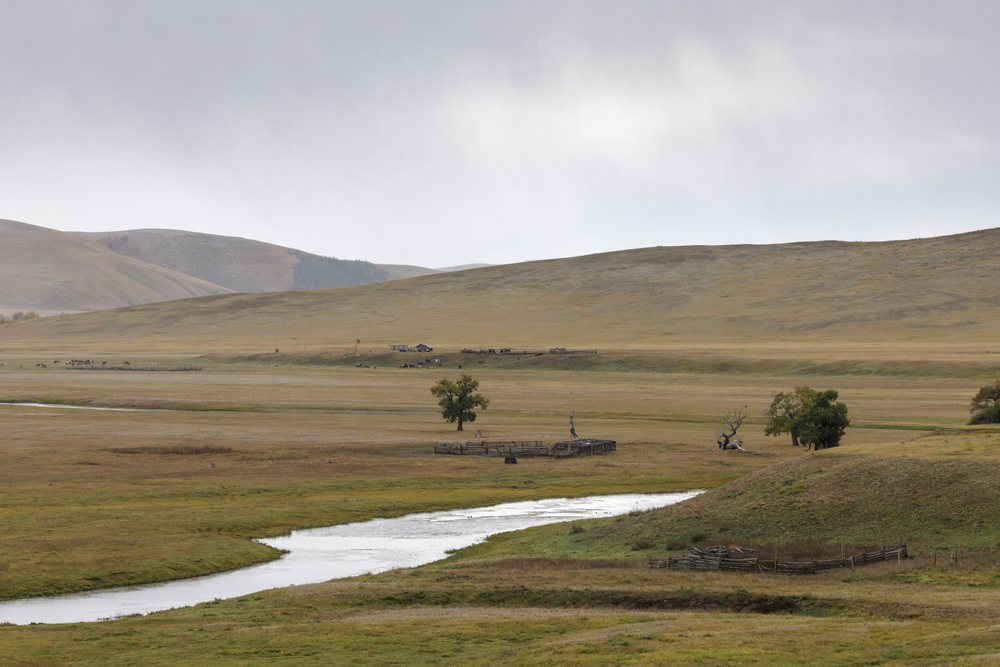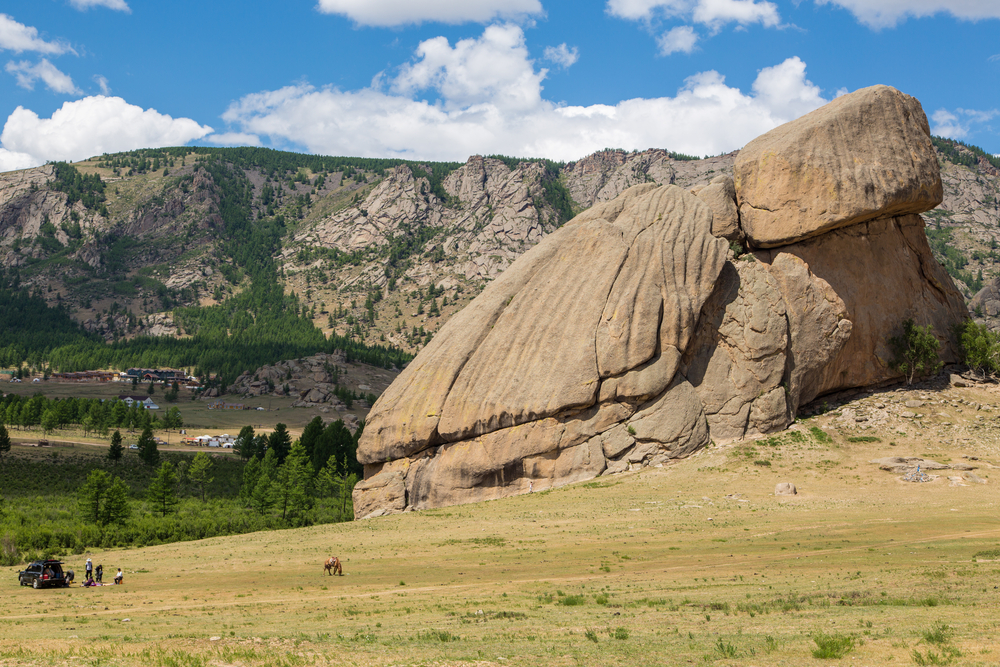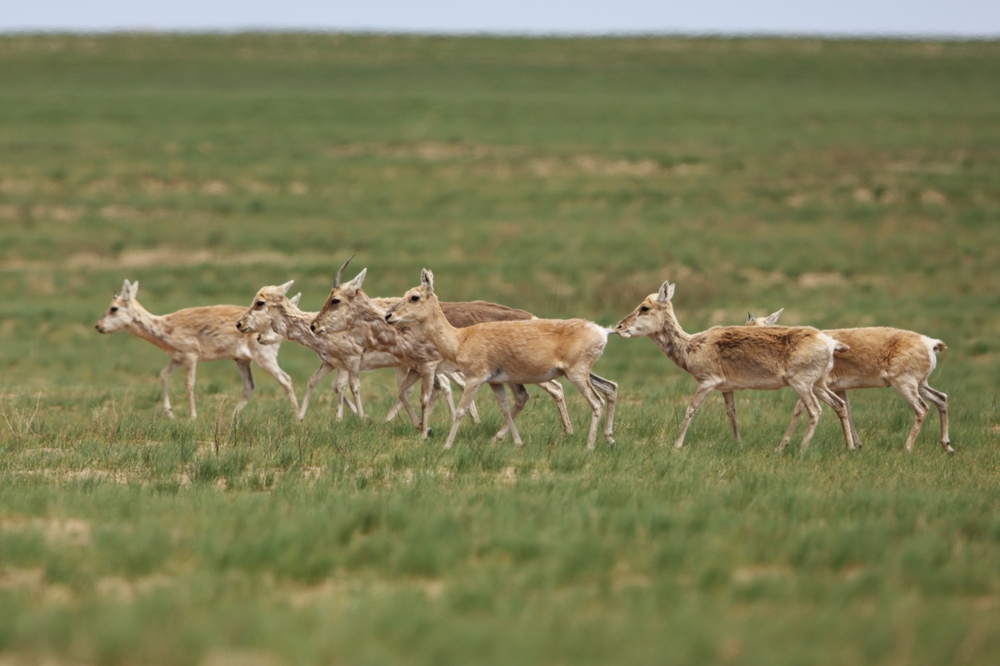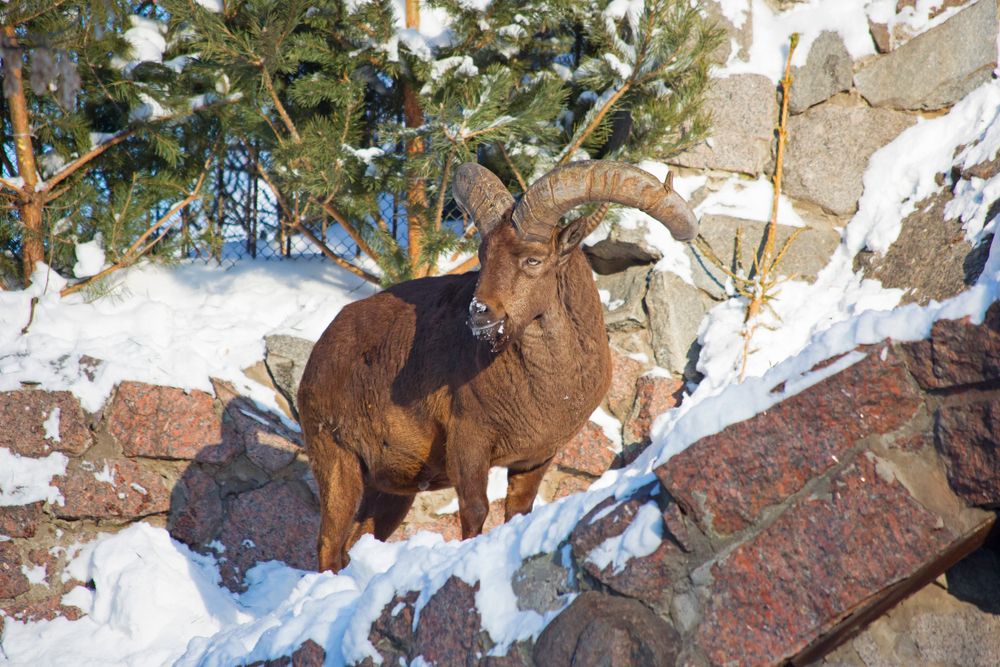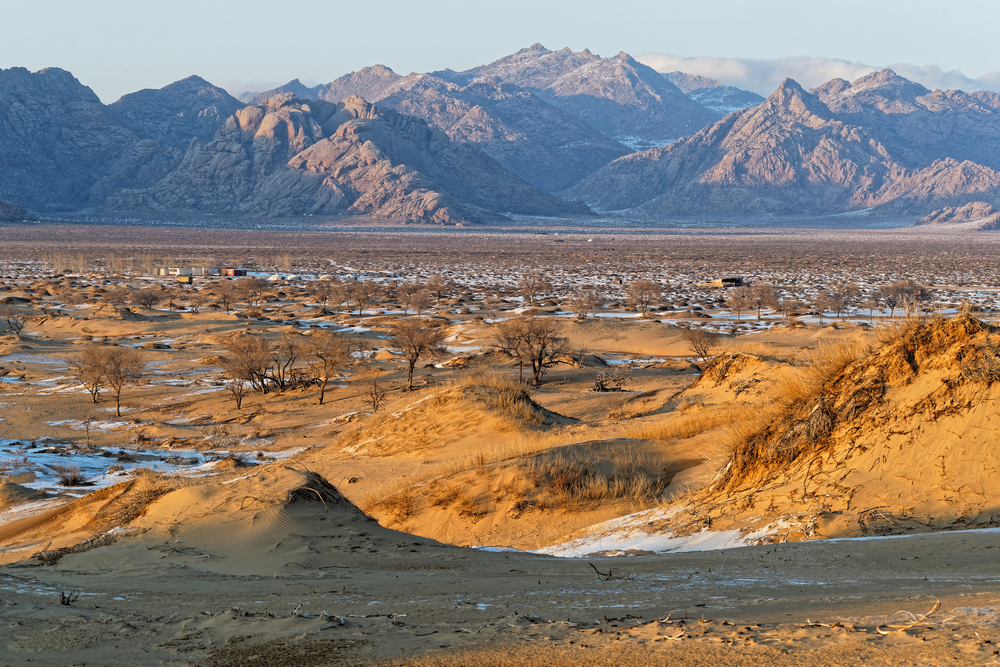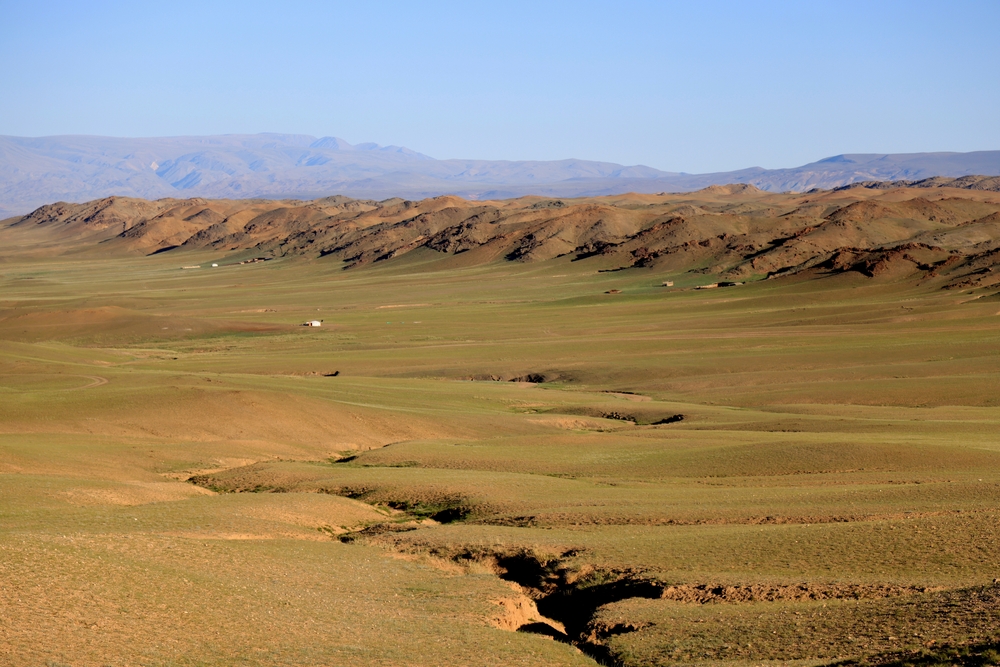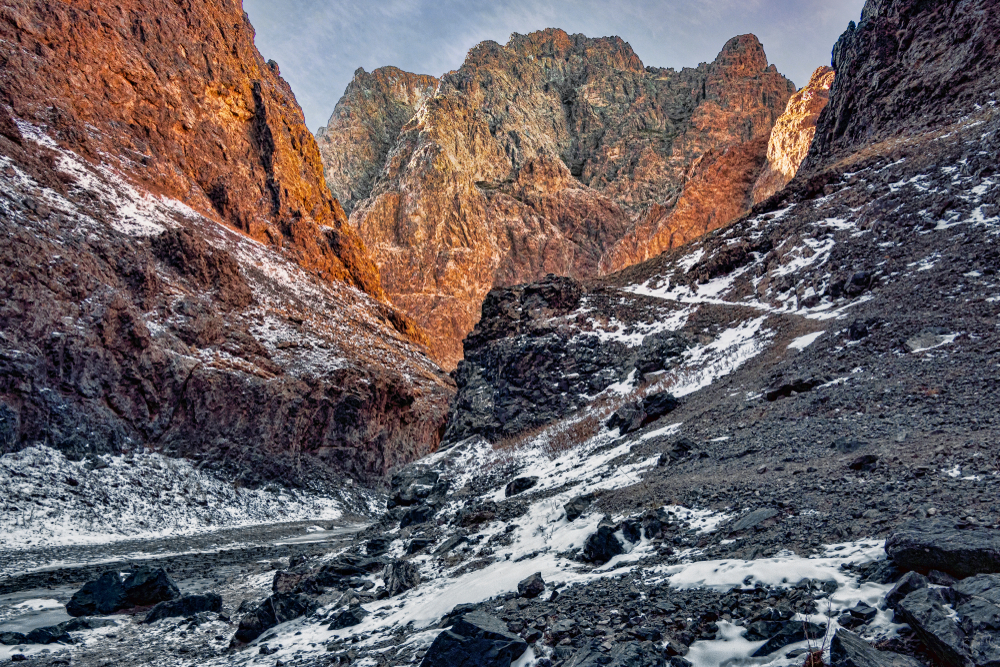Onon-Balj Overview
Onon-Balj National Park, located in the Khentii Province of northeastern Mongolia, spans an area of approximately 4,187 square miles (10,843 square kilometers). Known locally as “Onon-Baljyn Tsasny Tsetserleg,” this park is a region of immense ecological and cultural significance, encompassing a vast expanse of pristine wilderness.
It lies within the transitional zone between the Siberian taiga forest and the Mongolian steppe, offering a remarkable variety of landscapes that highlight Mongolia’s diverse natural beauty.
The park’s terrain is characterized by undulating hills, wide river valleys, dense coniferous forests, and open grasslands. At its heart flows the Onon River, one of Mongolia’s most significant waterways and considered the source of the mighty Amur River. The river meanders through the park, creating picturesque scenes and supporting a thriving ecosystem.
The Balj River, another major feature, adds to the area’s rich hydrological network. The forested regions are dominated by larch and Siberian pine, interspersed with birch and willow, which transition into expansive steppes. This diverse vegetation supports a vibrant ecosystem and adds to the park’s scenic allure.
Onon-Balj National Park is home to an incredible array of wildlife, making it a haven for nature enthusiasts and wildlife watchers. Large mammals such as the red deer, Siberian roe deer, moose, and brown bear roam the forests and grasslands. The park is also a critical habitat for the elusive and endangered Siberian musk deer and the grey wolf.
Birdwatchers will find the park a paradise, as it shelters species like the white-naped crane, great bustard, and whooper swan. Raptors, including the golden eagle and saker falcon, patrol the skies, adding to the park’s wild allure.
Visitors to Onon-Balj National Park can enjoy its tranquil beauty through various activities, including hiking, horseback riding, and wildlife photography. The rivers are ideal for fishing and rafting, while the wide, open spaces invite campers to immerse themselves in Mongolia’s unspoiled wilderness.
Cultural experiences are also a significant draw, as the region is steeped in history and traditions, being close to the birthplace of Genghis Khan, adding a historical dimension to any visit.
The park faces conservation challenges, including habitat degradation from climate change and human activities such as overgrazing and illegal logging. However, it has seen successes in collaborative conservation efforts, with local communities and international organizations working to protect its biodiversity. These initiatives have contributed to the park’s sustainable development, ensuring that its rich ecosystems remain intact for future generations.








































































